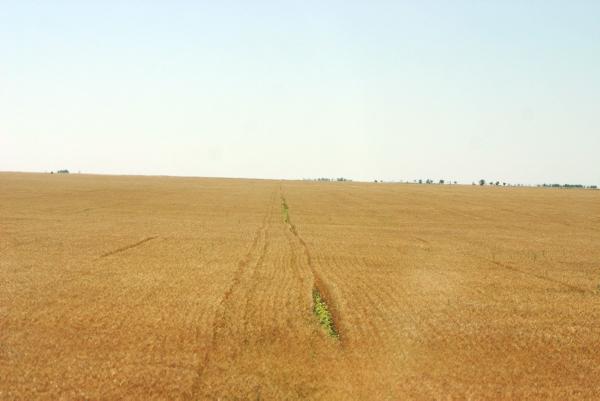The words ‘calm’ and ‘consternation’ can adequately sum up current political and market conditions in Russia and Ukraine.
While calm prevails in Russian and Ukrainian markets for food and agricultural commodities, consternation abounds in European and American political circles.
The history and nature of Russian and Ukrainian politics suggest that this could quickly change. Overnight, consternation could replace calm in Russian and Ukrainian markets for food and agricultural commodities.
However, this scenario is unlikely. The prices of grains in Ukraine have stabilised, after some recent turbulence, the shipping lanes from Ukraine’s Black Sea ports have returned to normal, and Crimea has returned to the Russian fold.
But there is no significant commercial port on the Crimean peninsula. Furthermore, Crimea is not a grain growing region.
Ukraine doesn’t need Crimea
The ‘Bread basket of Russia’ is already well serviced by a number of large commercial ports at Odessa, Illichevsk, Yuzhne, Mykolayiv and Kherson, all located over 300 km west of Crimea. They are fully equipped with modern grain silos and elevators for large scale grain exports to world markets.
Big investments are currently being made to construct modern grain silos and elevators on large-scale Ukrainian tillage farms.
Winter grain and rapeseed oil crops throughout Ukraine are already well-advanced, and this year’s spring in Ukraine is one month early. Accordingly, sowings of spring cereals, maize and rapeseed are also well ahead of schedule. Specifically, 15% of the Ukrainian spring cereal and rapeseed crops are already sown.
Drawbacks
However, there are some drawbacks too. Agricultural credit is hard to get, with interest rates as high as 20%. This limits input purchase. It is expected that there could also be a 20% reduction in the area of land cultivated in 2014, which would drastically reduce the Ukrainian harvest this year. The prediction is for a net reduction of 11m tonnes, a drop of over one-sixth.
The bottom line for Russian President Vladimir Putin is that he has 142m people to feed, three times a day, every day.
In Russia, as everywhere, food prices and supplies are critical with salaries, wages and pensions in this huge country all extremely low.
Currently, 65% to 75% of the food for 142m Russians has to be imported. Every year, this puts a €200bn hole in the Russian budget. Russia will be a major importer of consumer foods for at least the next 20 to 30 years. Beef, pork and dairy products will continue to make up a very large part of Russia’s basket of imported food. Last year Russian dairy imports were up by 18%.
The bottom line for Ireland and Europe is sobering. Europe produces the lion’s share of Russia’s massive annual requirements for food, as well as pharmaceuticals, vehicles, machinery and technology. Last year, Europe’s exports to Russia topped €336bn, compared to US exports to Russia of €28bn, less than 10% of this.
We should not forget the commercially aggressive activities of China in Ukraine. In recent times, the Chinese have very quietly acquired long term leaseholds on 7m hectares of prime agricultural land in Ukraine.
That’s over 10% of Ukraine’s agricultural land base, and nearly three times bigger than Crimea.
*Brendan Dunleavy, B. Agr. Sc., has over 20 years’ practical agricultural consultancy and agri-business project management experience in Ukraine, Russia and eastern Europe.






 This is a subscriber-only article
This is a subscriber-only article










SHARING OPTIONS: